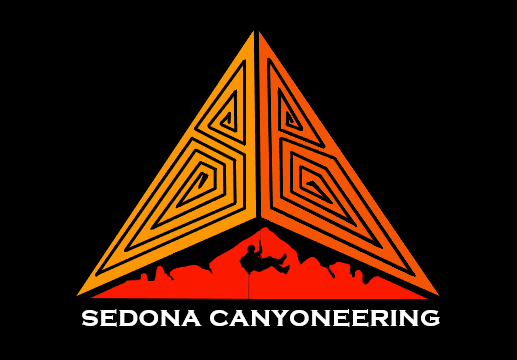Weather Center
Weather in Sedona can be difficult to predict and plan around. Monitoring the precipitation, weather forecasts, and other variables can be challenging. To make things easier I have provided the primary resources I use to gauge the current weather conditions in the area.
Daily Forecast
The National Weather Service has been the most reliable weather source for me in the Sedona and Northern Arizona Region.
Daily forecasts are important to check for reference but will never be 100% accurate. Good judgement, preparation, and planning will work in your favor.
Weather Dangers-
Flash Floods- A rare but scary natural event that typically occurs during winter thaws and monsoons. Flash floods can be triggered by a warm day and rain after heavy snow accumulation, or as a result of long bouts of heavy precipitation. Flash floods can easily be avoided by monitoring the weather and planning accordingly. If a flash flood is encountered it is recomended to leave the watercourse immediately and anchor yourself on higher ground.
Ice & Snow- During the winter months (Jan-Mar) Sedona will likely receive a snow storm or two. These winter storms are often short in duration but can deliver a lot of snow and ice. Winter conditions provide a magical Sedona backdrop and will also present additional risks. Some routes should be avoded entirely during these condtions and this will be noted on each route profile. Additional dangers include but are not limited to: Frozen or hard to access anchors, icicles on rappel, reduced visibility, and slippery terrain.
***Please avoid the use of spikes on sandstone!!!
Excessive Heat- During the summer months Sedona can reach dangerously hot temperatures. On those ridiculously hot days it is reccomended to start around sunrise and finish by noon. Short routes can be enjoyable in the evening if you catch an epic sunset and don’t forget your headlamp.
More on the weather related dangers can be found Here.
Monitor recent precipitation
